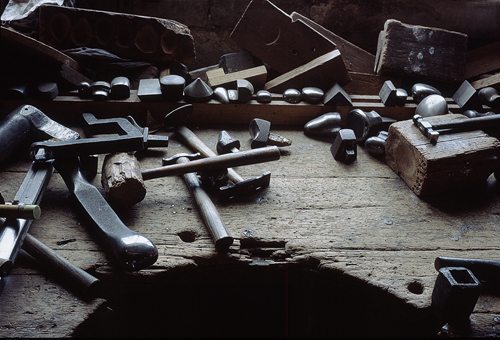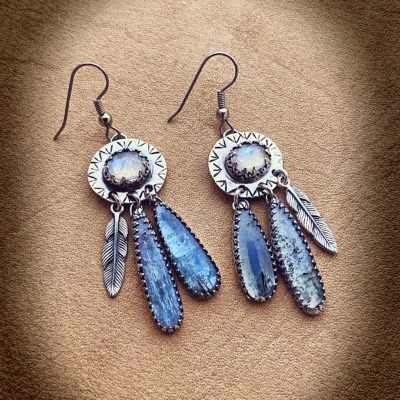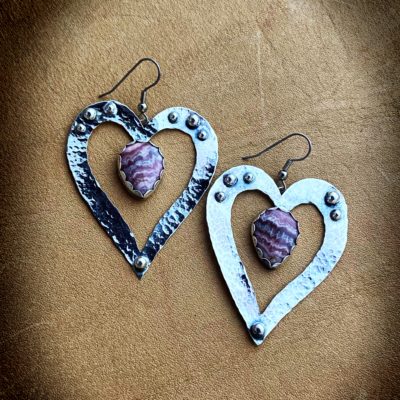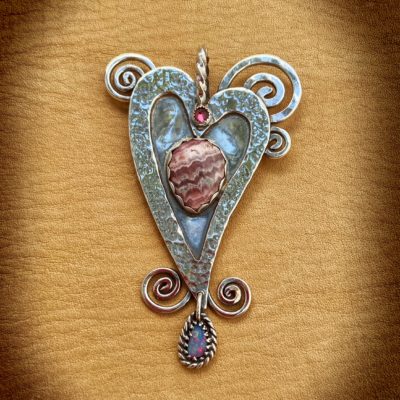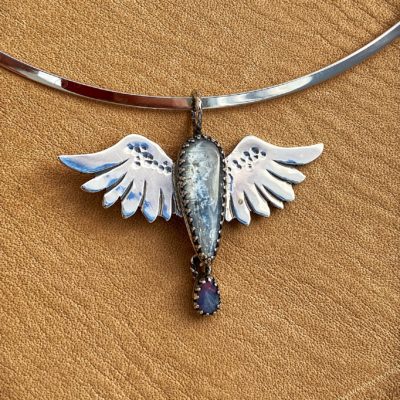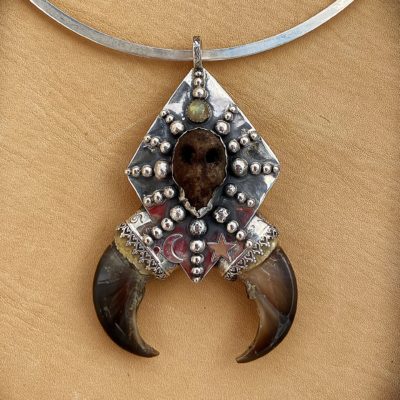Reticulation silver looks great and forms an interesting canvas from which precious stones can shine.
It can be used in all forms of jewelry, necklaces, rings and bracelets.
Reticulation adds a sublime dimension to any piece.
It creates a rustic, aged appearance much loved by jewelry makers and those who desire awe-inspiring pieces.
No two pieces of silver are the same and reticulation adds a further uniqueness.
Creating the effects of reticulation takes a lot of skill by the artisan.
It involves a process whereby heating the metal carefully creates ‘ridges and valleys’. These are produced somewhat evenly giving it a wonderful organic feel.
Sterling silver is 92.5% silver and 7.5% copper, this makes it an alloy. Reticulation silver has a lower silver rate of 80%, while its copper content is 20%.
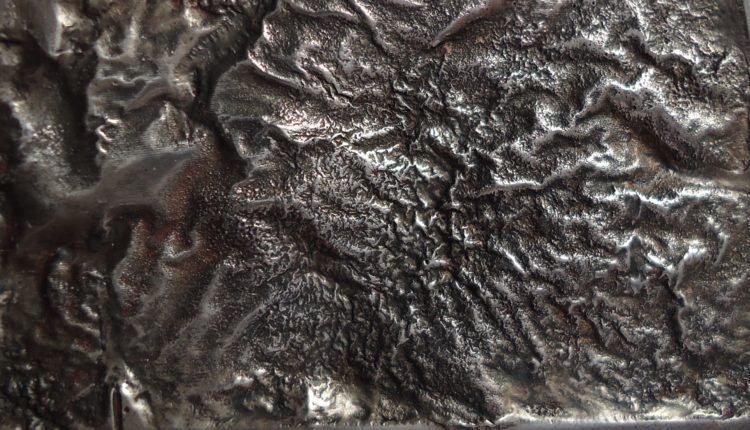
Reticulated silver
It is this ratio that produces the best results.
The metal is heated, quenched and then pickled. This pushes the copper away from the surface so it becomes concentrated at the center, or core of the metal.
This results in the silver surrounding the copper in a type of skin. This silver is termed ‘fine silver’ because it is 99.999% pure.
The reticulation effect occurs because copper has a slightly higher melting temperature than silver. The piece is torched by a very hot flame bringing the copper to boiling point while it is still surrounded by silver.
The skill of the silversmith lies in his or her ability to angle the flame and produce different textures and patterns.
Because there is not much difference between the melting points of copper and silver, it is not too hard to burn a whole right through.
Larger pieces are more valuable due to the skill needed to produce the reticulation effect over a greater surface.
The finished product simulates the ridges of a mountain range or the undulating waves of the sea. From this landscape, precious stones add vibrancy and life to any piece.

